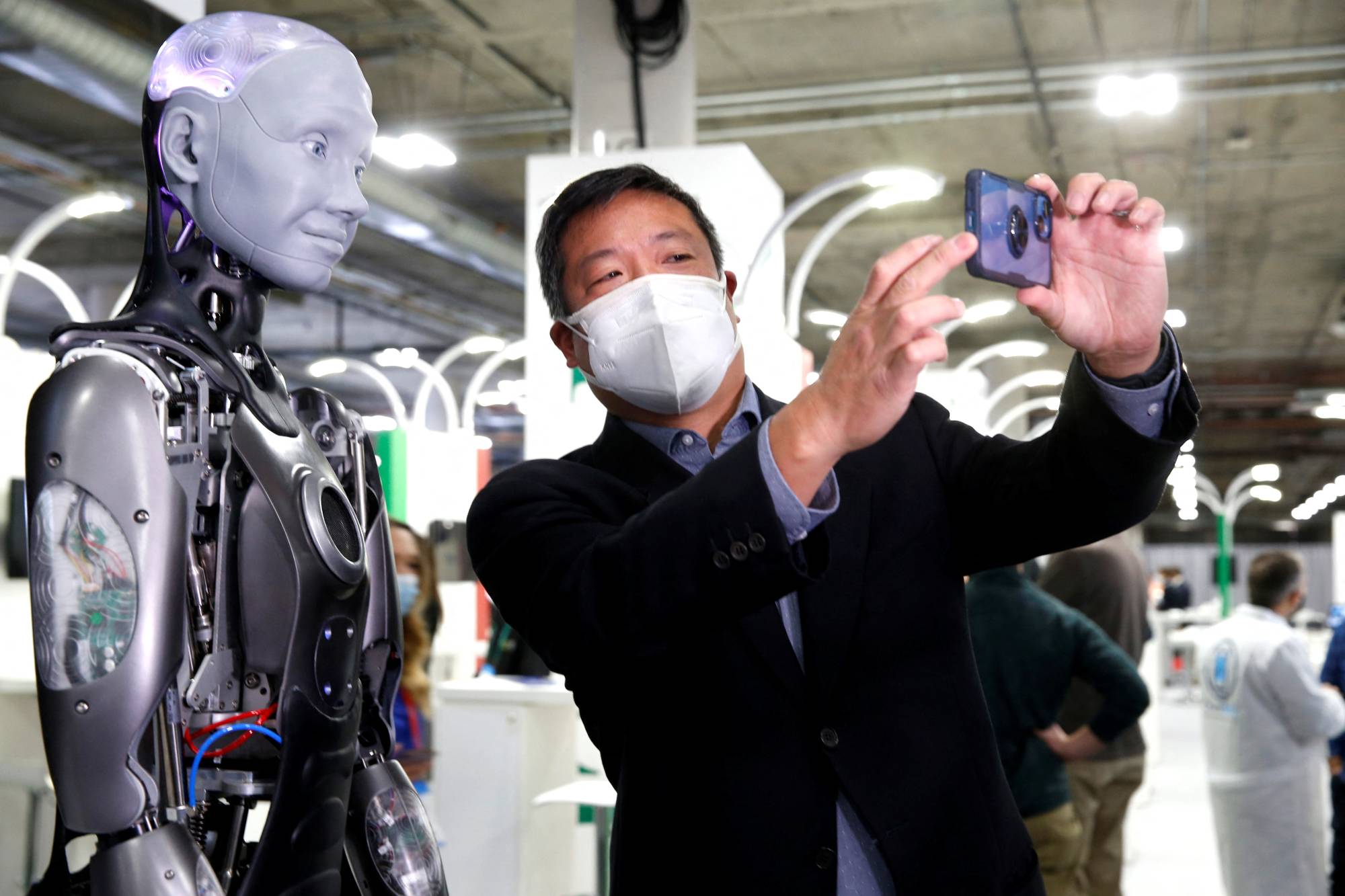In 1950, Alan Turing, the British computer scientist who cracked the Enigma code during World War II, wrote an article in which he posed a seemingly absurd question: "Can machines think?”
The debut late last year of the eerily lifelike ChatGPT appeared to move us closer to an answer. Overnight, a fully formed silicon-based chatbot stepped from the digital shadows. It can craft jokes, write ad copy, debug computer code and converse about anything and everything. This unsettling new reality is already being described as one of those "tipping points” in the history of artificial intelligence.
But it's been a long time coming. And this particular creation has been gestating in computer science labs for decades.

















With your current subscription plan you can comment on stories. However, before writing your first comment, please create a display name in the Profile section of your subscriber account page.